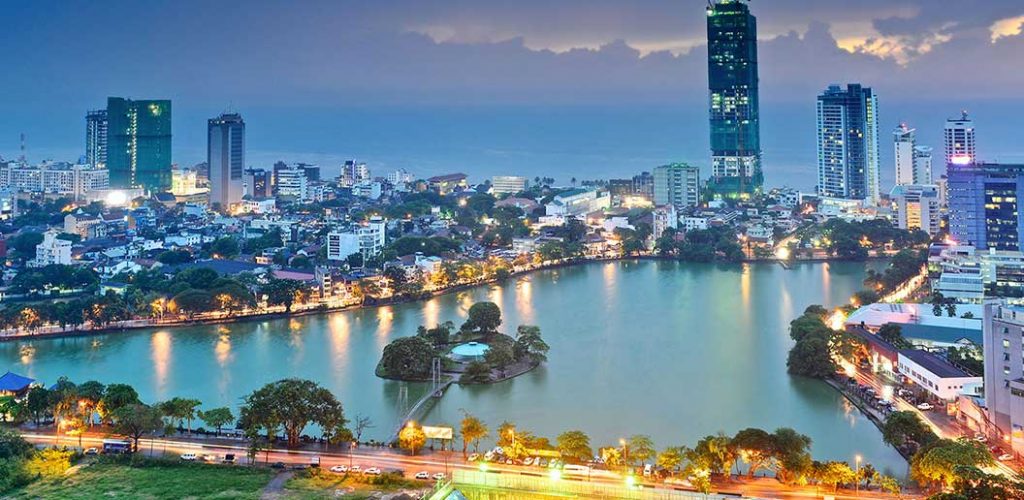Celebrating 70 years of independence, Sri Lanka has just been named Lonely Planet’s Top Destination for 2019. With untouched golden beaches to discover, a kaleidoscopic landscape and its eclectic mix of different religions and cultures, Sri Lanka is finally coming on to its own.
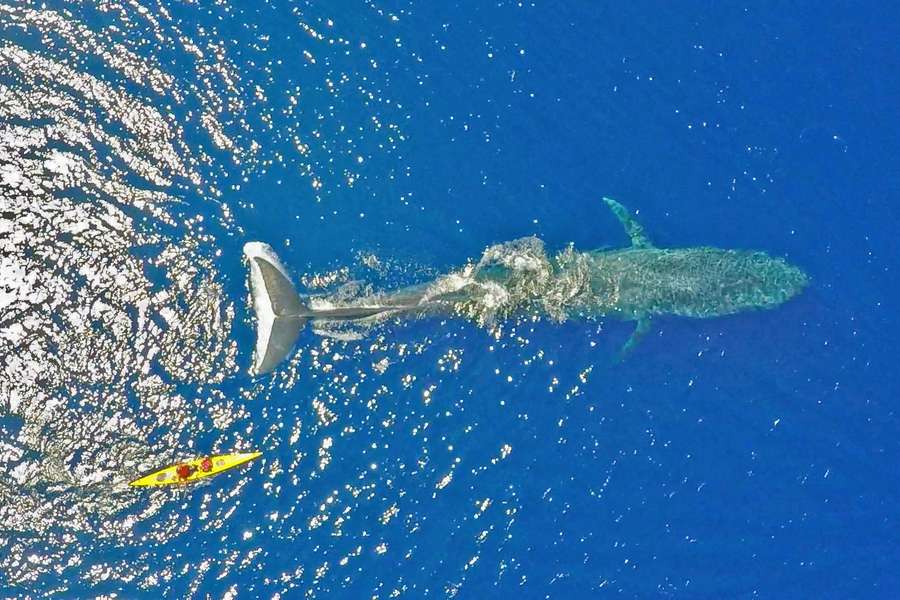
“Already notable to intrepid travellers for its mix of religions and cultures, its timeless temples, its rich and accessible wildlife, its growing surf scene and its people who defy all odds by their welcome and friendliness after decades of civil conflict, this is a country revived,” says Lonely Planet author Ethan Gelber in the Best in Travel 2019 book.
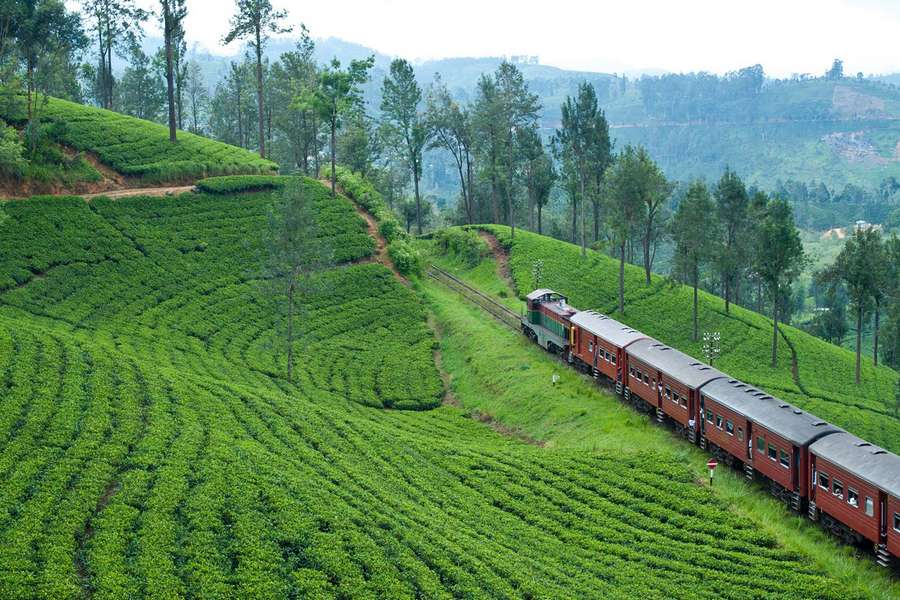
Just 3.5 hours by air from Bangkok, tourist visits to Sri Lanka have increased dramatically since the end of the 26-year conflict, from 447,890 in 2009 to an all-time high of 2.1 million last year, a figure the Sri Lanka Tourism Development Authority hopes to double by 2020. Renovations made to the rail system have opened up Jaffna and much of the north for the first time since 1990 – an area that was previously considered too dangerous for tourists. The scenic rail routes in Sri Lanka are now widely thought to be some of the best in the world. Motorways have also been built as far south as Matara, and the number of domestic flight routes has increased in recent years, too: for instance, from the capital Colombo, on the west coast, to Batticaloa, on the opposite side of the island, in 45 minutes.
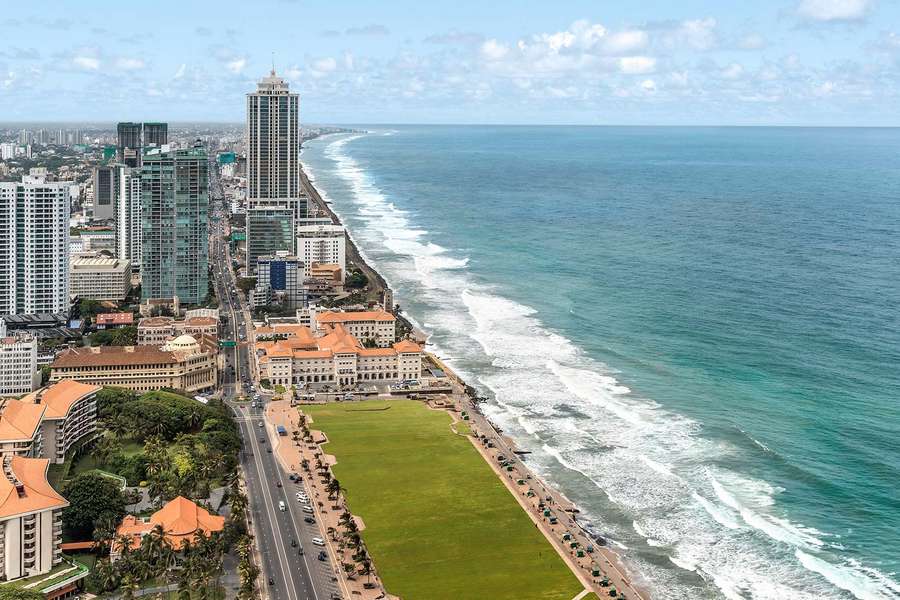
After decades of British colonial rule, the land once known as Ceylon exists as a small island in the Indian Ocean with an ever changing landscape running from elevated lush rainforests to white sand beaches. Not to mention the wildlife, such as the 300-strong elephant gathering at Minneriya national park, thousand-year old Buddhist monuments, and hiking and train travel through the Hill Country’s tea plantations.
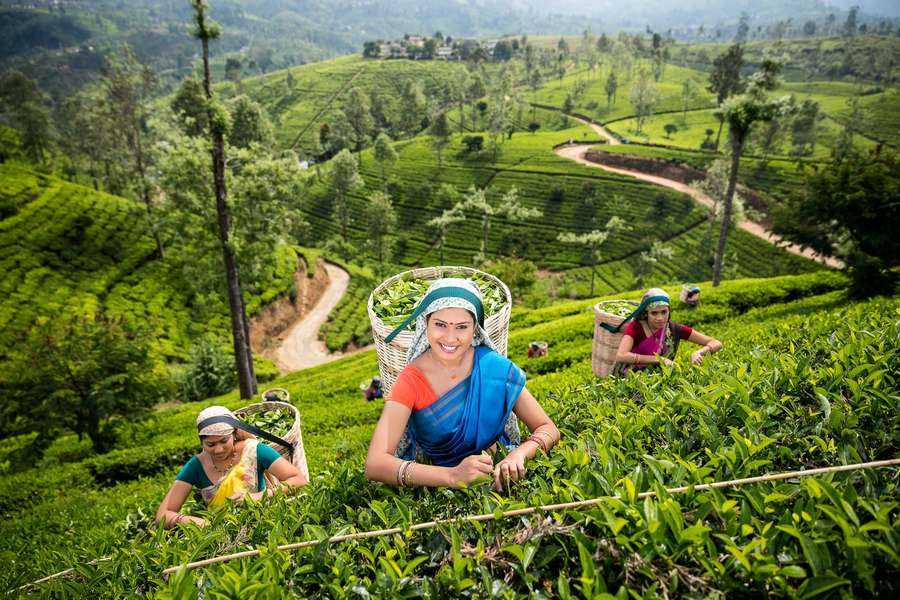
Sri Lankans love food. Meal time is an extreme sport: big breakfasts, sumptuous dinners with wine, long lunches. Sri Lanka is famous for one dish: rice and curry. Which are more than two mundane dishes, mind you, the national dish is different with every cook and the local produce of the day. To coconut milk in curries with seafood from bountiful coastlines, Sri Lankans add in even hotter chilies (the heat is often tempered for western palates, even in seemingly ‘local’ restaurants, so if you want your food authentically spicy, say so when ordering). The variety of side dishes include sweet-and-sour eggplant, velvety dahl, marinated snake beans, curried beetroot, okra, jackfruit or banana blossom…and be prepared for dessert. “Love cake” is made with semolina, ground cashews and honey, perfumed with nutmeg, cinnamon and rosewater. Try the locally popular bolo fiado, a layer cake of pastry, dried fruit and syrup. Another delicious delight is wattalappam, concocted from jaggery (brown sugar made from kitul palm), coconut milk, egg and cardamom. Try out your spice limits with fish ambul thiyal and hoppers, a breakfast staple made with rice flour and coconut milk and best with a fried egg, then topped with chutney or spicy sambol.
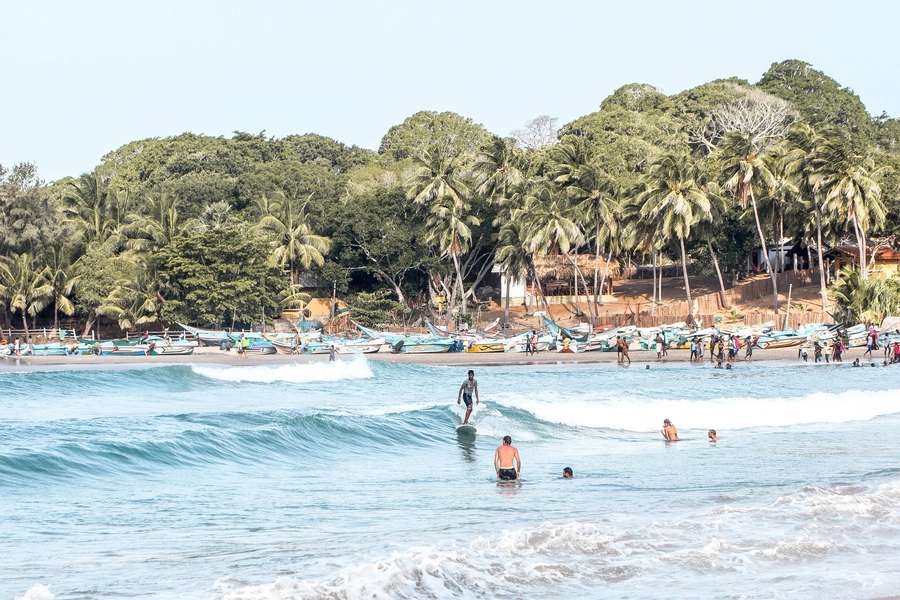
Sri Lanka’s surf scene has been steadily growing, as more of the coast has become accessible, and tour operators are now offering jungle hiking, alongside yoga breaks with traditional Ayurveda treatments. There are also plenty of free attractions, including colourful puja rituals on the clifftop of Koneswaram Kovil in Trincomalee in the north east; Colombo’s main market of Pettah; and the fortified walls surrounding the colonial old town of Galle in the south.
Sri Lanka has outstanding beaches and a few we think you shouldn’t miss include:
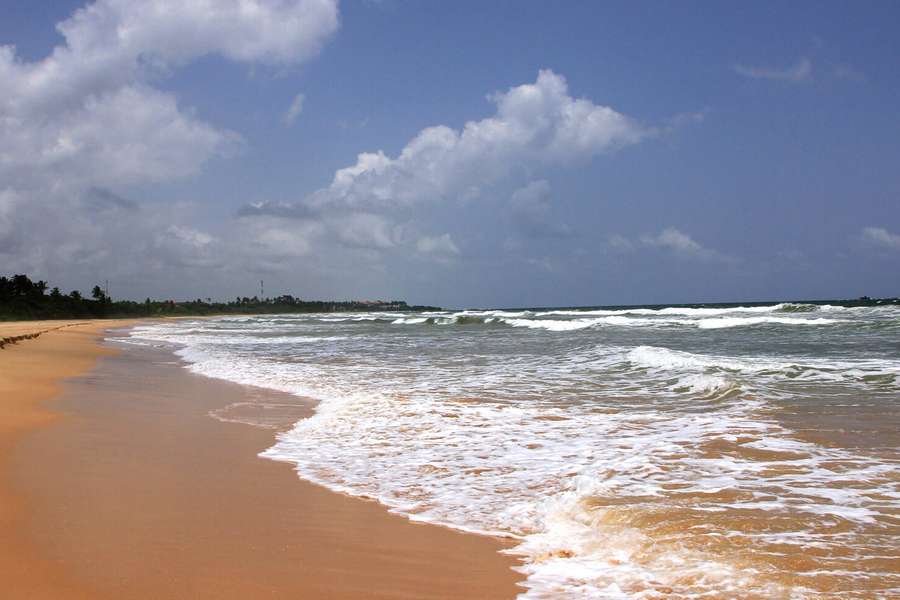
Bentota is a family-friendly beach with crystalline waters and a variety of water sports to try: water-skiing, jet-skiing, sailing and windsurfing, all available year round. And if you’re brave enough, try a boat safari along the Bentota River and keep an eye out for aquatic birds, lizards and even crocodiles, especially if you visit in October-April.
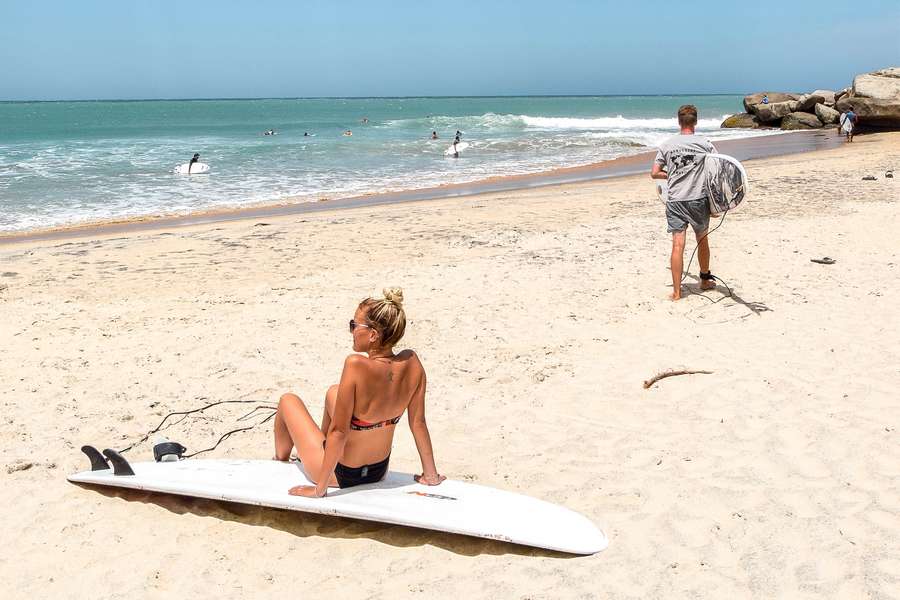
The waves on this beach can reach as high as 10 meters, making it a hotspot for surfers although the inner bay is lined with hotels and restaurants for non-surfers as well. The beach caters for a variety of experience levels and is an internationally renowned surfers’ paradise, attracting hordes of tourists from April to October every year. When the bay gets too crowded, escape to the small laid-back town of Ella or visit the national parks Yala or Udawalawe.
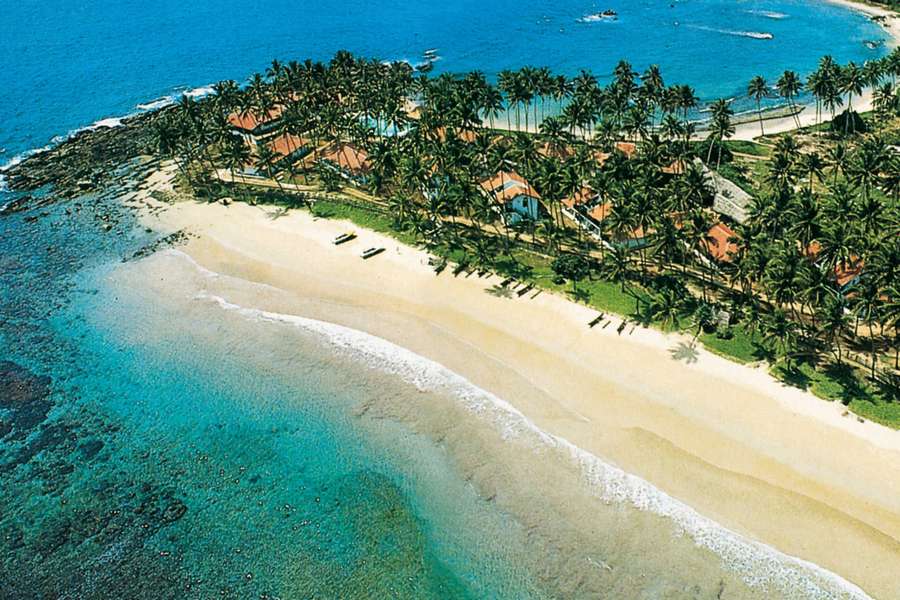
A romantic hotspot for newlyweds on honeymoon, the beach also offers ideal conditions for swimming, snorkeling and even Sri Lankan lace making. Take the time to find the hidden jewel of Dickwella that is Hiriketiya Bay that is slowly gaining recognition as the surfers’ hangout. This horseshoe bay has waves for both beginners and the more advanced and little beach huts with amazing juices and banana pancakes. You can even watch sea turtles as you swim in the crystal clear ocean
For the adventure enthusiasts, the coastal waters of Hikkaduwa are the place to be—for sunbathing, boating, scuba diving, snorkeling or surfing. From scrumptiously affordable seafood restaurants to garments of any sort, the Hikkaduwa beach has a long running ‘thumbs up’ reputation by its countless visitors. Especially during the high season this is the place to go for party lovers as there are many clubs and bars nearby. Make sure to check out the small turtle sanctuary in the area—learn about the sea turtles’ plight and obviously, the adorable baby turtles. Peak visiting months include November and April, however January to March is also recommended.
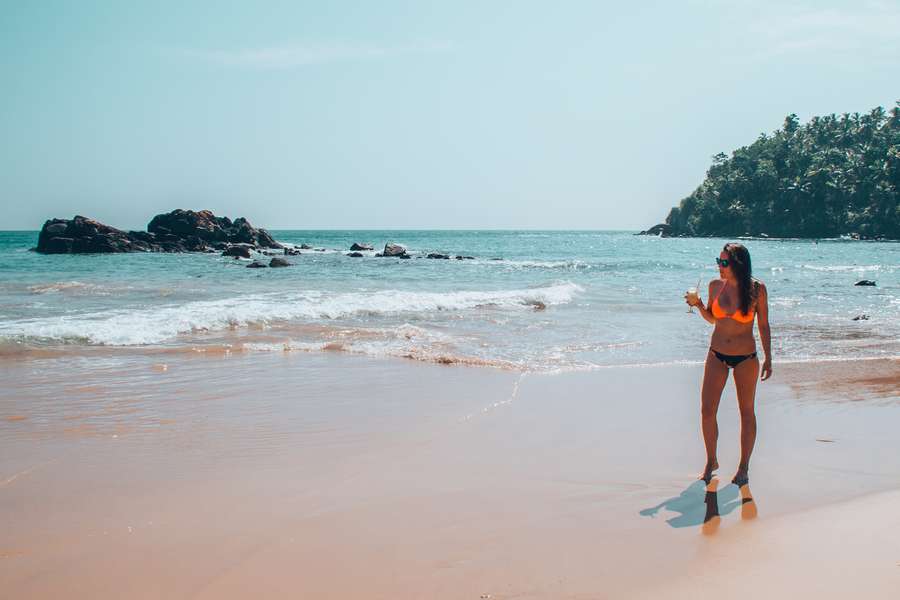
Awash with beautiful mussels and stones, Mirissa is less touristy in comparison to the other beaches however most tourists do visit for whale-watching and if they’re lucky, they can even spot blue whales during December to March. On New Year’s Eve, watch the sleepy beach town transform into a giant beach party. Parrot Rock divides the bay but don’t expect to see any parrots. Still, the best secret here is the Secret Beach, a tiny secluded beach with an incredible sunset view. It is recommended to visit in November to April, August to October
Nilaveli Beach is lLocated a bit out of town, the quiet beach is a gateway to Pigeon Island. The coral reef here is considered to be the best snorkeling spot in Sri Lanka—even reef sharks can be found among the exotic animals here. Nilaveli is all white sand and tropical snorkeling before settling at Trincomalee, the nearby town which served as a maritime base during the Second World War. The best time to visit Nilaveli would be between May and October
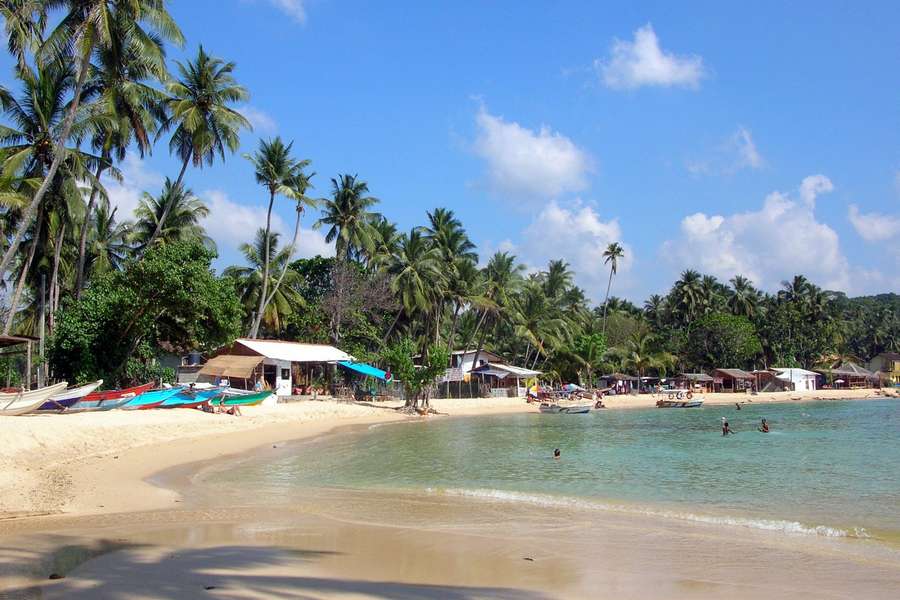
An ideal place for a beach getaway or sea-turtle watching, the popular resort is only 5 km far from the charming Dutch fort town Galle, a UNESCO Heritage Site. Unawatuna can be walked from end to end in 15 minutes but the white-sand beach offers calm waters and soft, sloping sand making it a great family choice, even if it’s not so great for surfing. Famous for its stunning sunsets, the coastline is decorated with pastel houses and handicraft stores—definitely visit around November to April.
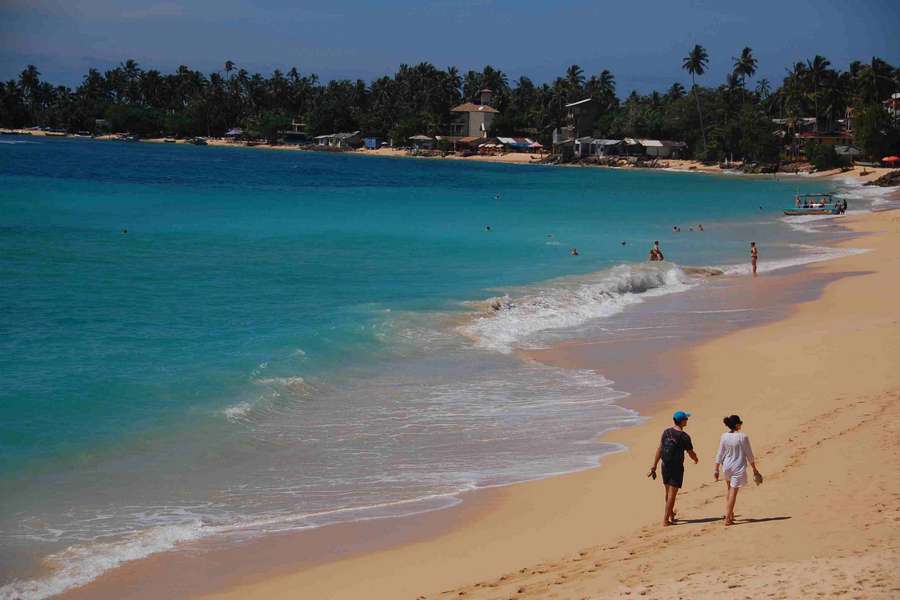
Surrounded on all sides by the Indian Ocean, Sri Lanka has plenty of beautiful beaches for you to retreat to when the tropical temperatures get a bit too close for comfort. Every bit as aesthetic as you can imagine, long golden beaches offer an idyllic paradise with perfect t winds and waves.
Don’t just relax by the beaches though; Sri Lanka is an explorer’s paradise. The Golden triangle is where you’ll find Sri Lanka’s key historic sites, including Dambulla Cave Temples and Sigiriya Rock Fortress.
Anuradhapura is a magical ancient city and home to a Bo tree descended from Buddha’s and thought to be 2000 years old. Kandy is a cultural attraction in its own right, boasting the iconic Temple of the Tooth along with multiple smaller temples and interesting attractions. Ella, high in the tea fields, is popular with visitors as is the southern capital of Galle. Even Jaffna is the new must-see place, despite being inaccessible for so long as it lies in the far-north. The weather in Sri Lanka is a mixed bag – with a usual temperature of 28c year round people expect a hot and sunny climate. However, the hill country is much colder so packing for two seasons is essential. It also has two monsoon seasons, affecting different parts of the island at different times.
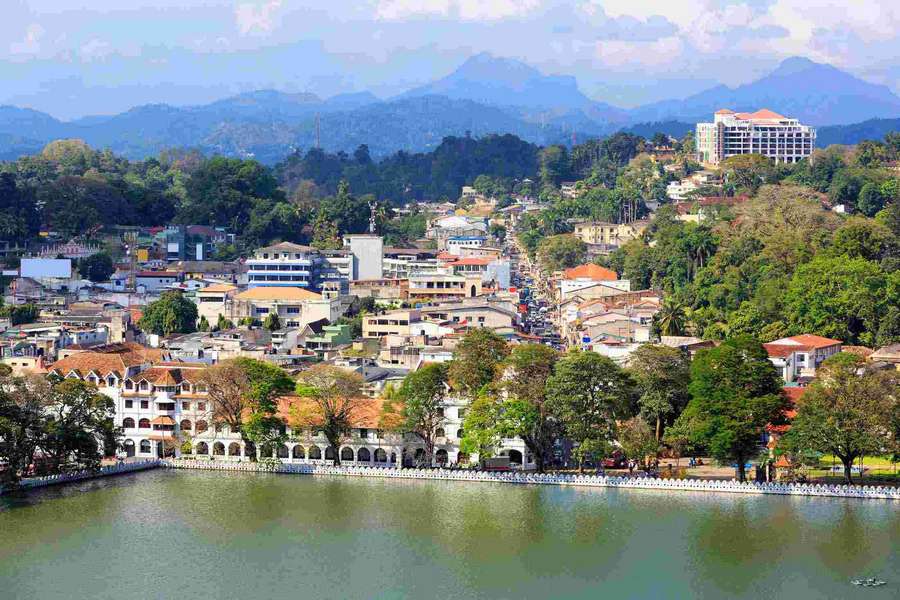
“Whether you’re a family traveller or an adrenaline junkie, a wellness seeker or a foodie,” says Lonely Planet spokesperson Chris Zeiher, “In Sri Lanka you’ll find all the magic you’d expect from South Asia bundled into a resurgent, medium-sized island-nation that’s friendly and – with improved tourism infrastructure and transportation – more accessible in 2019 than ever before.”


